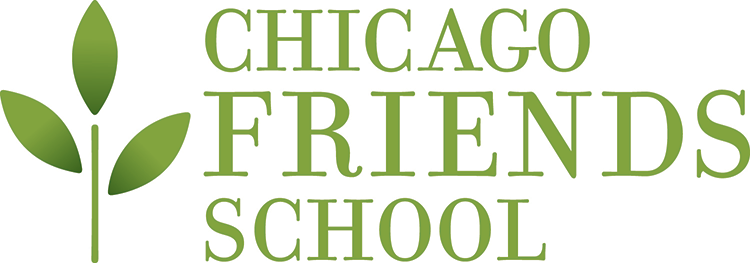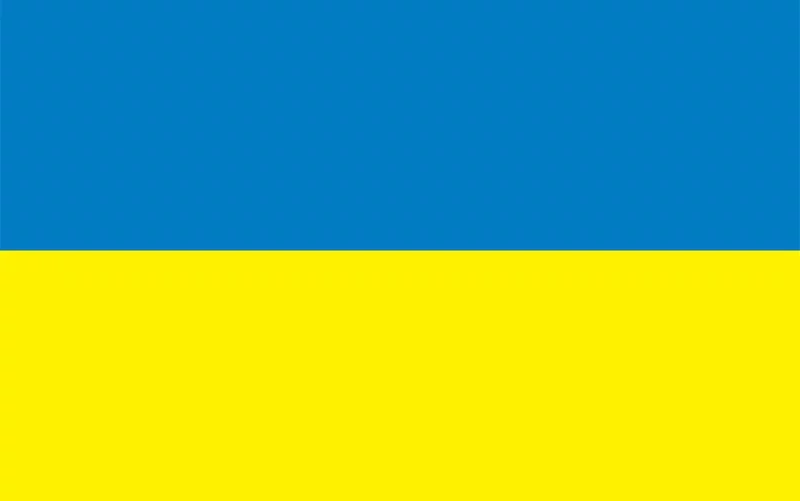Quakers are known for their commitment to work for peace and live in nonviolent ways. However, not every Quaker draws the line about peace in the same way.In Philadelphia, near the Liberty Bell, is an old historic Quaker Meetinghouse, erected by Quakers who were “read out” of their meetings for choosing to fight in the Revolutionary War. An older Friend in my meeting went to jail during WW2 rather than contribute to the war effort, but others chose to drive ambulances, and yet others argued that the Holocaust was such evil that force was necessary to stop it. When I was making the choice to join a meeting in my 20s I went through a series of meetings with Friends to test my commitment. In discussing the Peace testimony with one, she said “I’m a committed pacifist – unless someone threatens my children.” Choosing peace in a world in which there are threats and dangers is a complex and highly personal commitment, particularly in a world where others do not embrace peace.
This morning I started my day with our oldest students, discussing the Russian invasion of Ukraine. That Putin, and by extension Russia, is in the wrong is indisputable. What to do next in response is highly debatable and unclear. These middle schoolers began grappling with a problem that seems to be perplexing most of the leaders of the Western world. When a nation acts as a bad actor, what is the responsibility of the world to respond, and how do responses not escalate into more and more violence?
I was struck by how initially hawkish our students were. Under normal circumstances, most of our Quaker school students can sincerely articulate reasons for creating a peaceful world, and seeking peace in their everyday lives. And yet this morning many of them took a different line on the Ukraine situation. There’s a bully. Stand up to him and make him stop with our powerful military. There is an appeal to this simple justice. Especially to these young people who do not have a notion of what might follow. The cold war, the specter of mutually-assured destruction, the blistering carnage of World Wars I and II, are ancient history to them, and the reality of war in their lifetimes has been very far away and has had only a whispering presence in their lives. Even the daily violence that happens in our city is distant to most of these sheltered, peace-blessed young people. The reality of war and violence is almost impossible to imagine.
Before we talked about geopolitics this morning, I asked the students to simply sit in silence with me for a few minutes and imagine what the humans in this situation, and in situations of daily violence all over the world might be experiencing. What might it be like to have your home under attack? How would it feel to not know where to go to be safe? The room was very quiet, and then students tried to relate their own experiences to the situation. One student talked about being stuck in a traffic jam during a hurricane evacuation and not knowing if they would get out. Another talked about the ubiquitous bunkers and bomb shelters he had encountered on a trip to Jerusalem. These are fragments, only, of connection to the people of Ukraine, and to the people all over the world for whom the threat of violence is a daily fact of life.
World peace is a laudable dream. But if we are committed to peace, we must not also be naive about the realities of the world. Bad actors exist and not all populations are able to exercise free and informed democracy to keep them from power. Many Quakers instead work “to remove the occasion for war,” by advocating for greater social and economic justice, right sharing of world resources, seeking a more informed democracy, and advocating for the removal of weapons from the public sphere. None of this is easy. Achieving true peace, even within our own neighborhoods, is harder than almost any other alternative than war. Our young people don’t know this yet. We’ll work on it together.


Karen Carney
is the head of school. Karen’s career demonstrates a rich and diverse set of skills: project oversight, curriculum development, educator training and mentoring, and classroom instruction. Prior to coming to Chicago Friends School, she worked as a senior specialist in science curriculum for American Institutes for Research. Before this, she oversaw educational programming at the Adler Planetarium, first as its director of education and then as associate vice president for visitor experience and learning. She has also worked in instruction and teacher development at the University of Illinois at Chicago’s Learning Sciences Research Institute and has authored more than 20 scholarly papers, book chapters, and conference presentations.
Karen is an active, dedicated Friend (Quaker) and has held various leadership positions at the Evanston Friends Meeting. She enjoys baking, cooking, and painting and is a member of the Playmation improv comedy team.